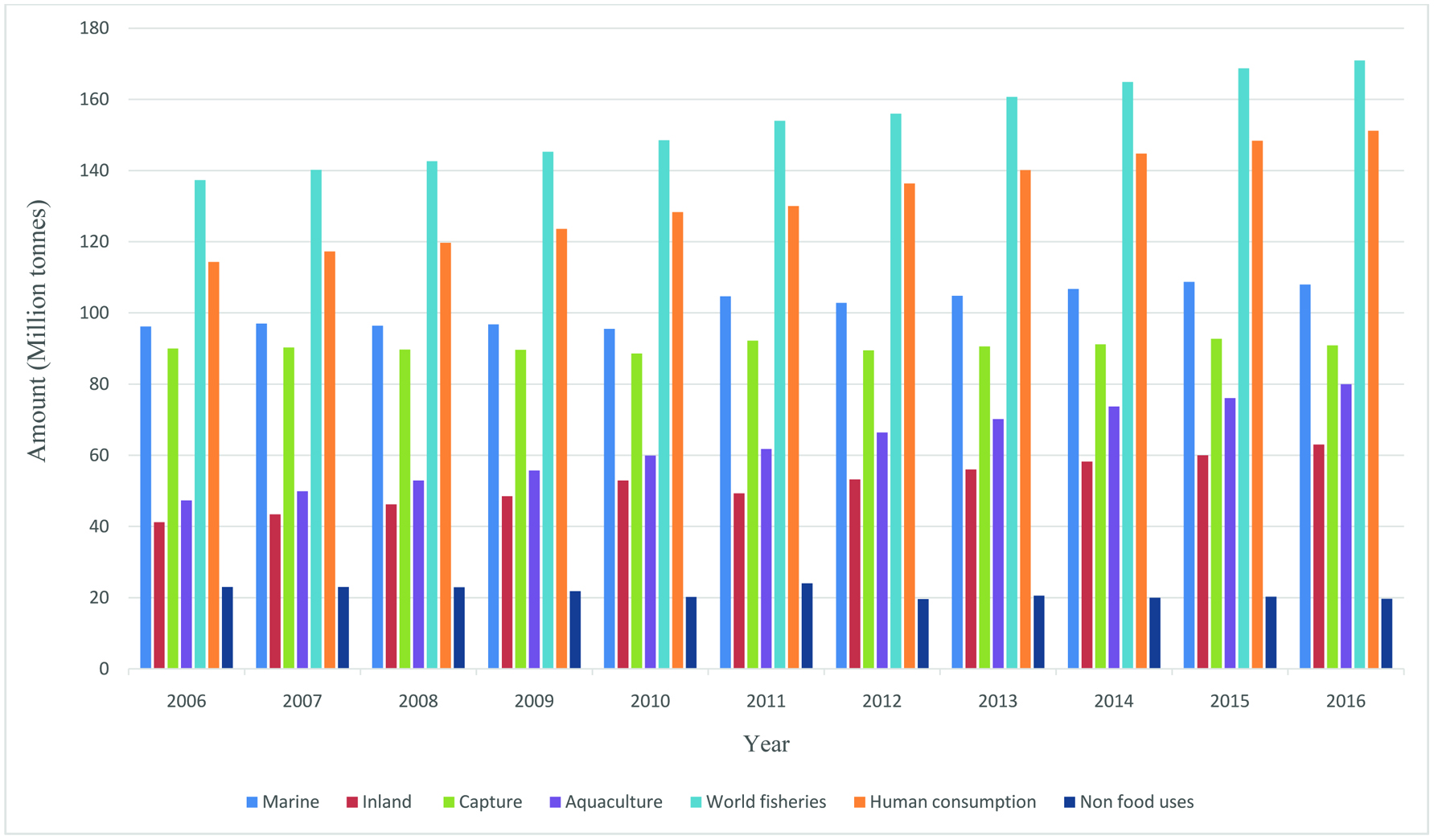
Figure 1. World fisheries and aquaculture production and utilization (FAO, 2012, 2018a).
| Journal of Food Bioactives, ISSN 2637-8752 print, 2637-8779 online |
| Journal website www.isnff-jfb.com |
Review
Volume 6, June 2019, pages 10-61
Utilization of marine by-products for the recovery of value-added products
Figures

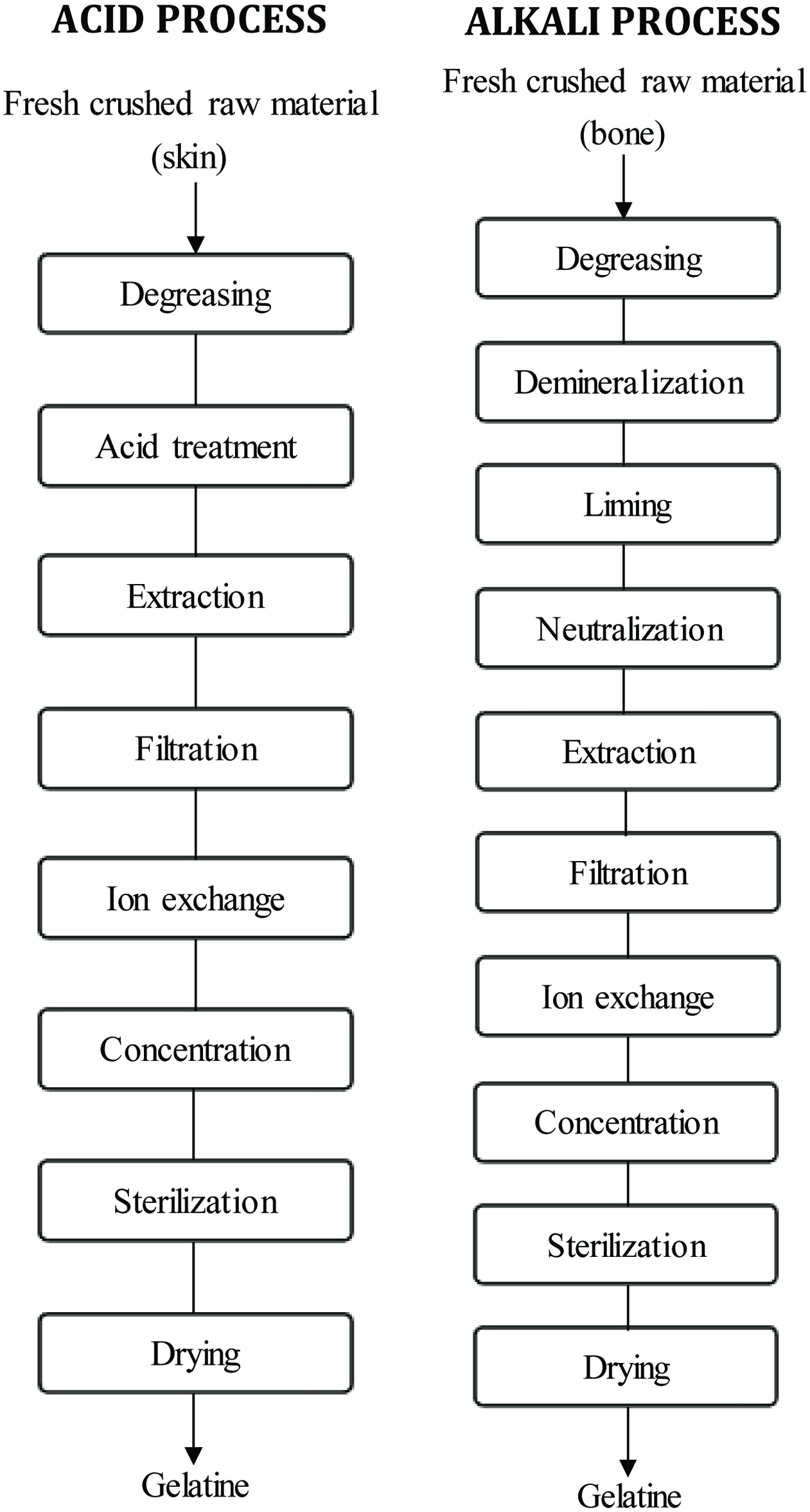


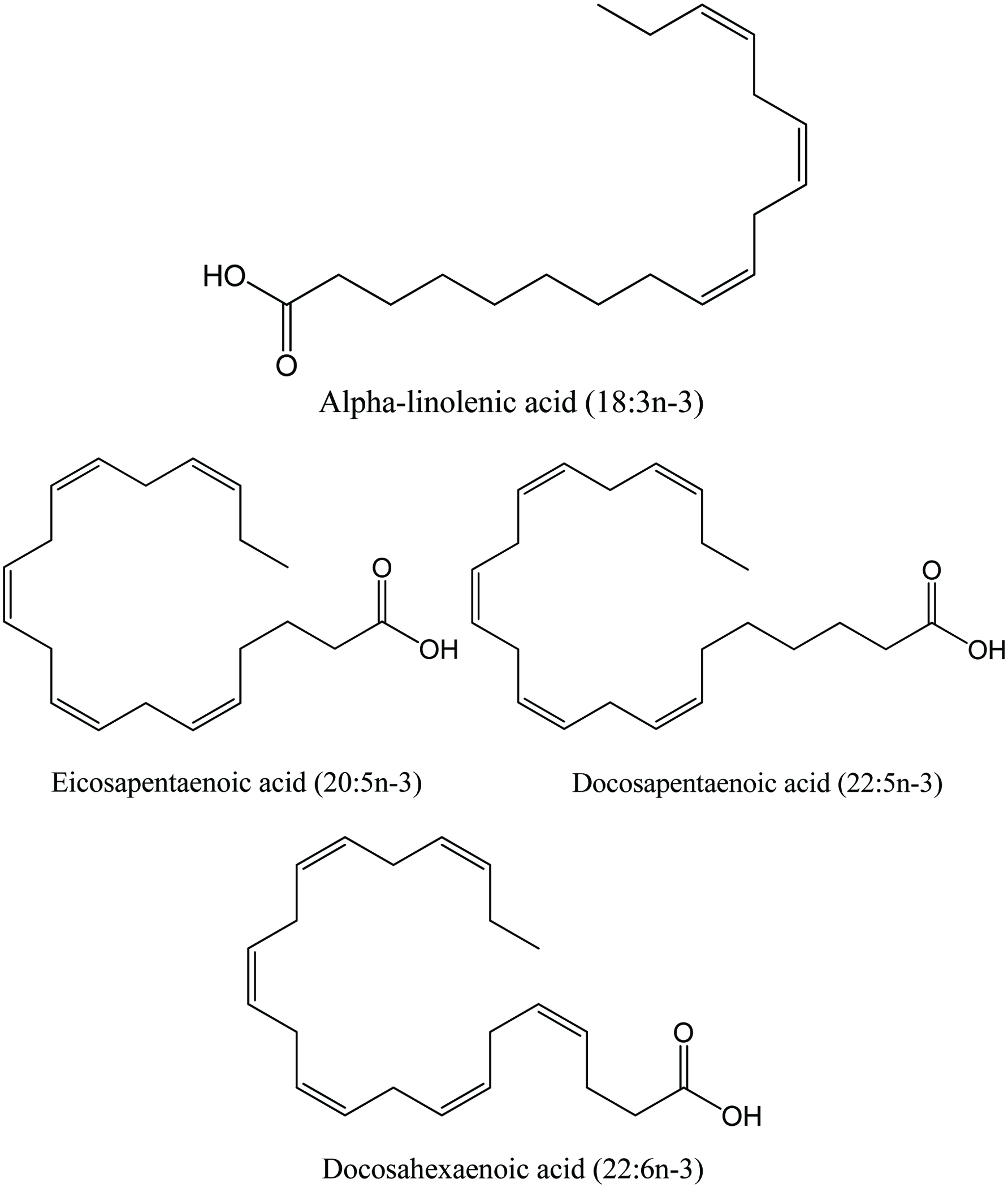
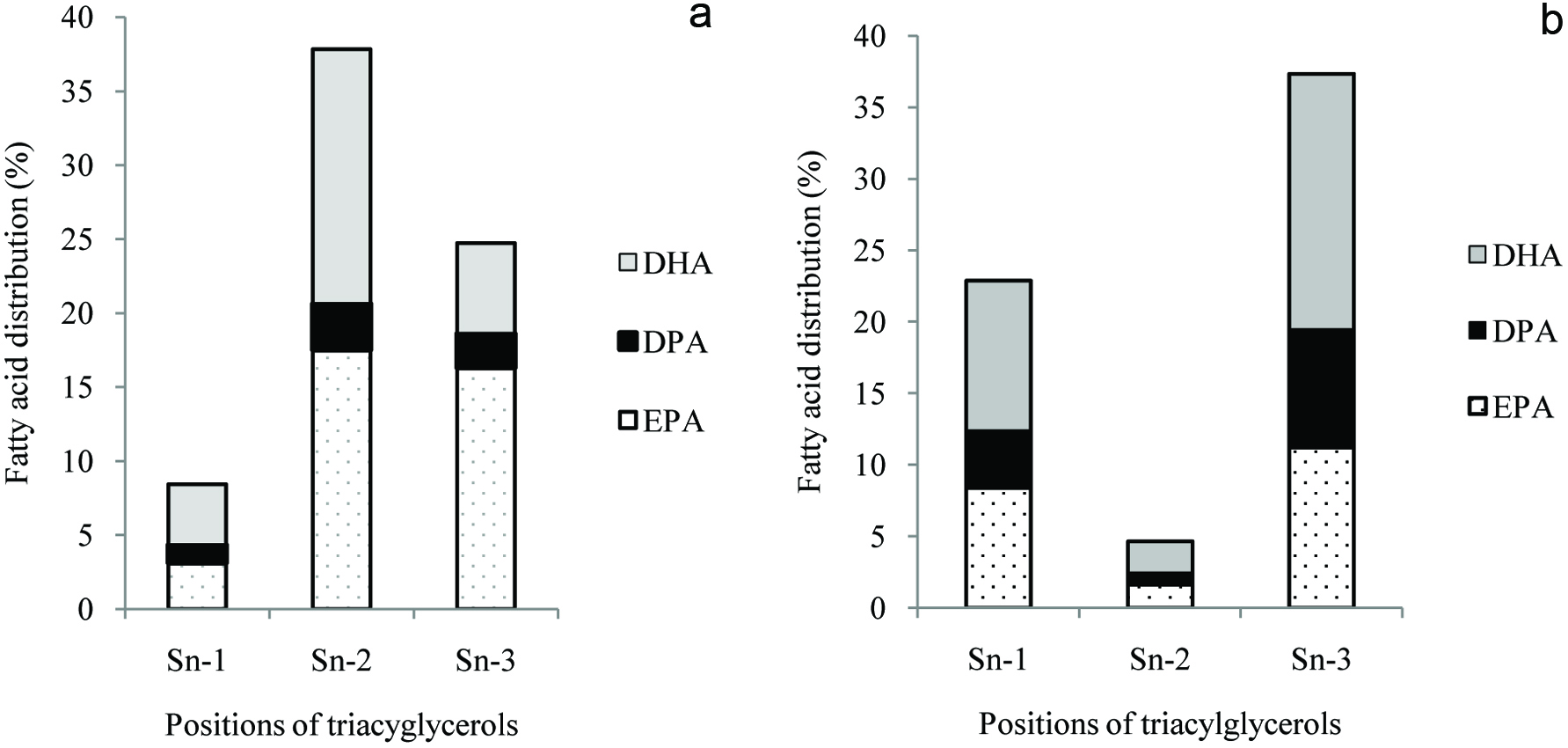
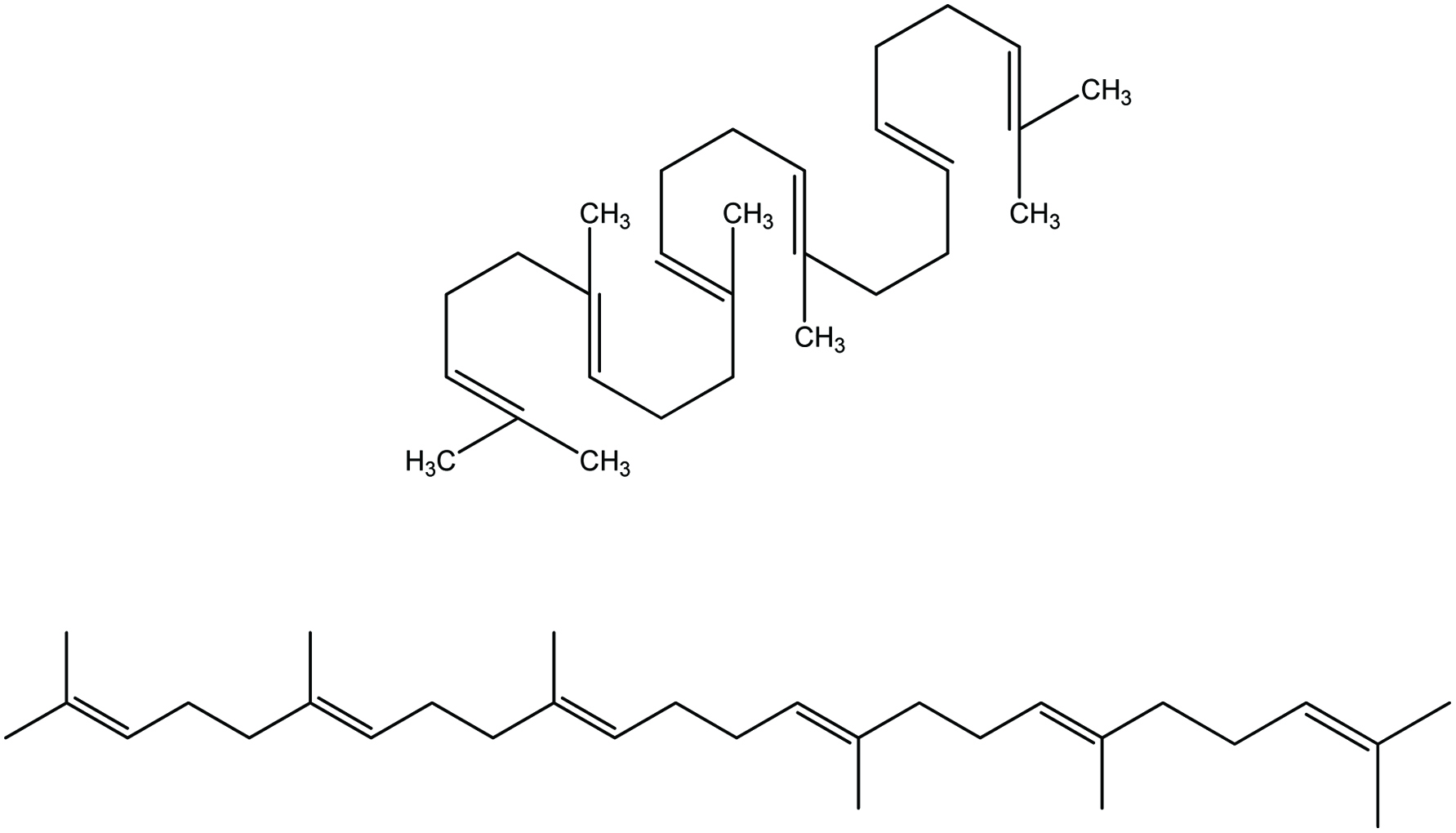

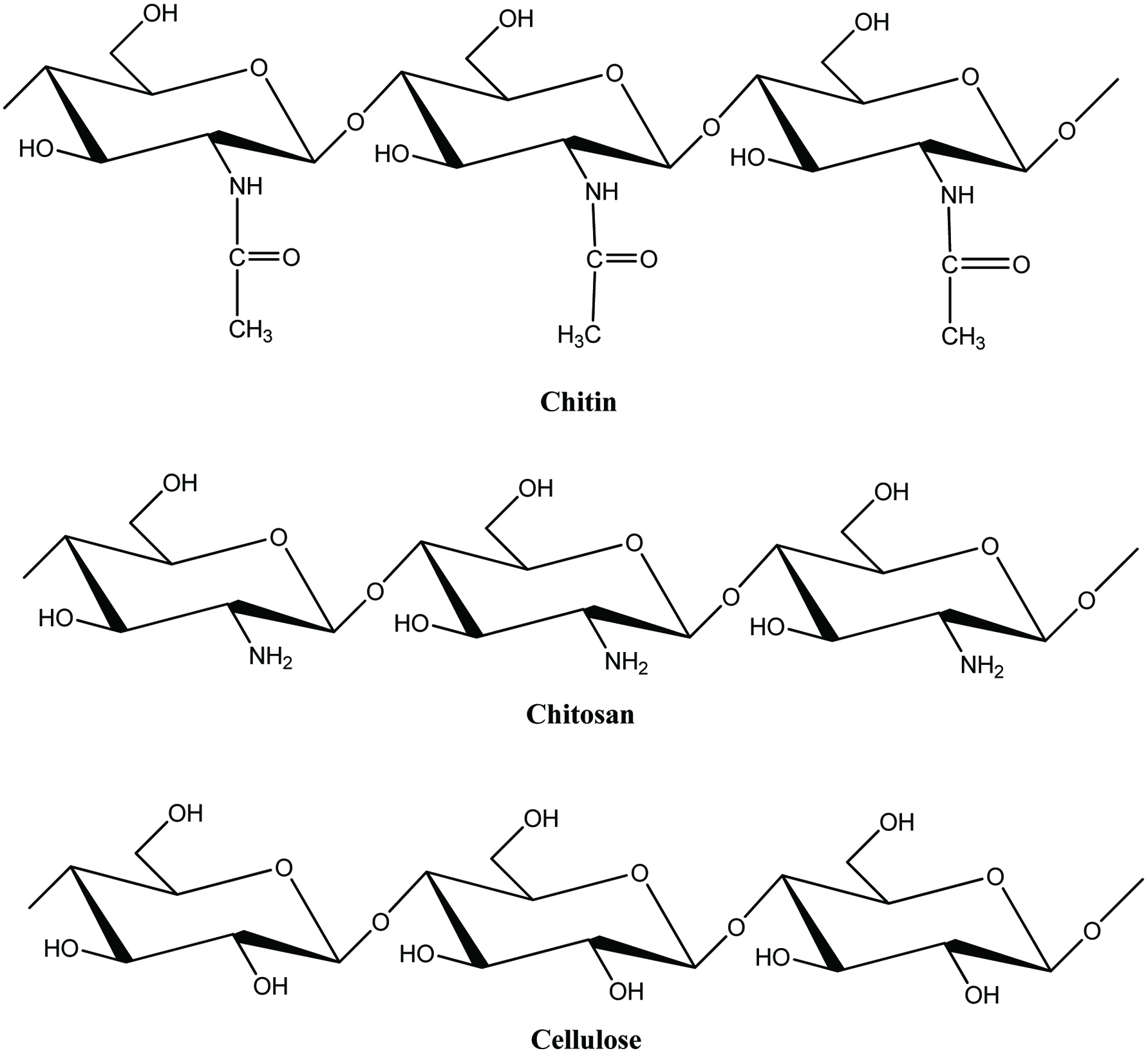
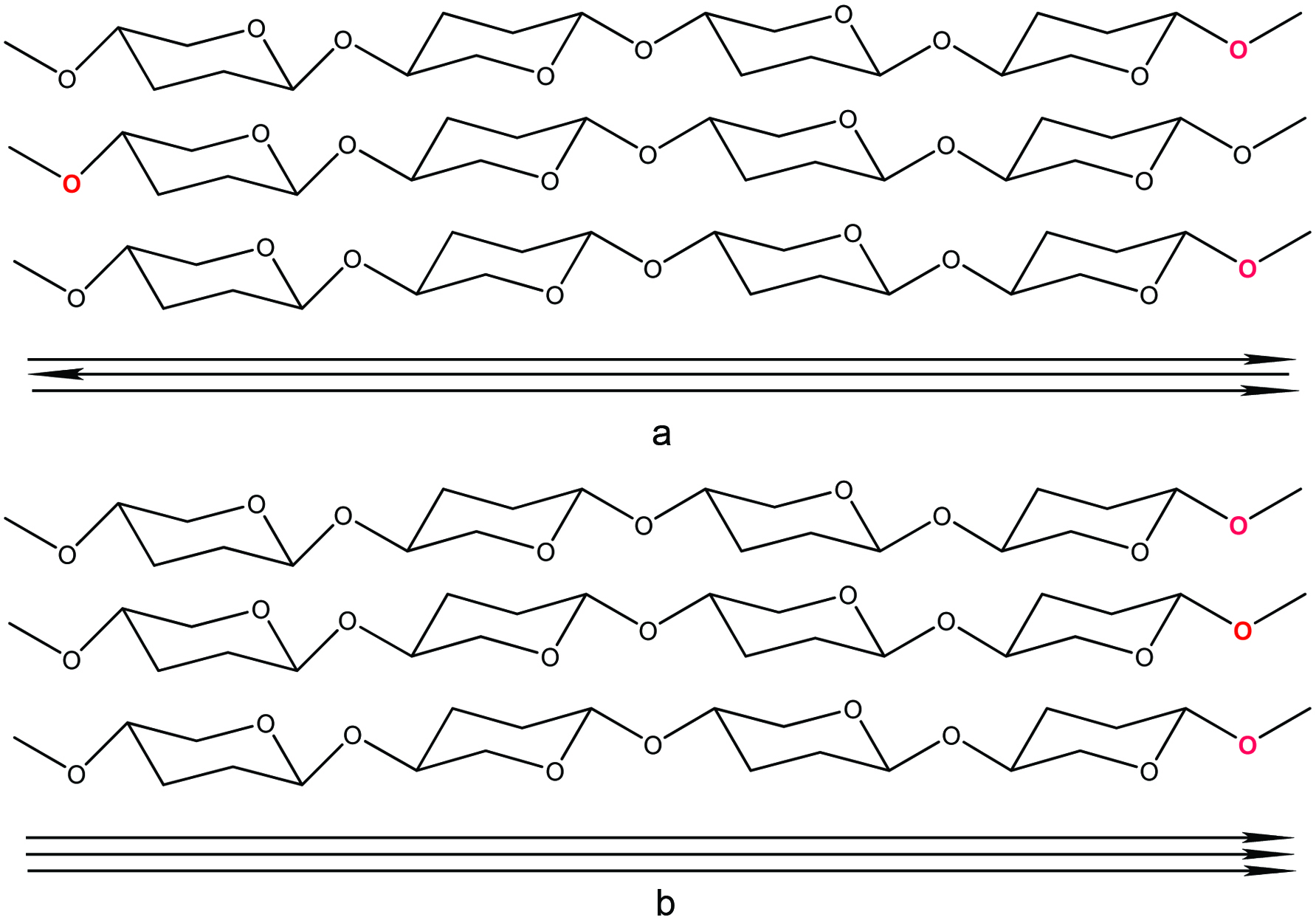
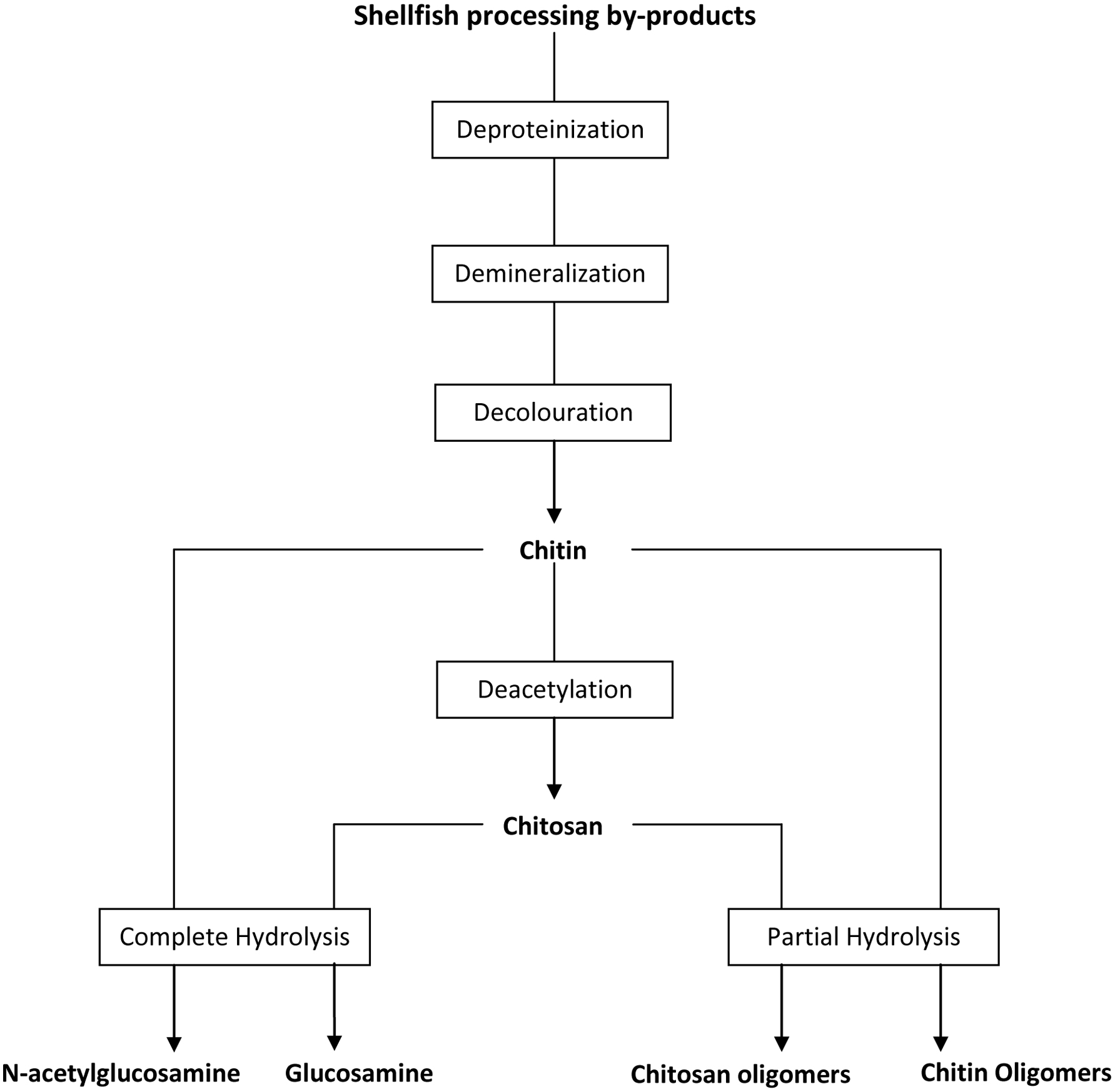

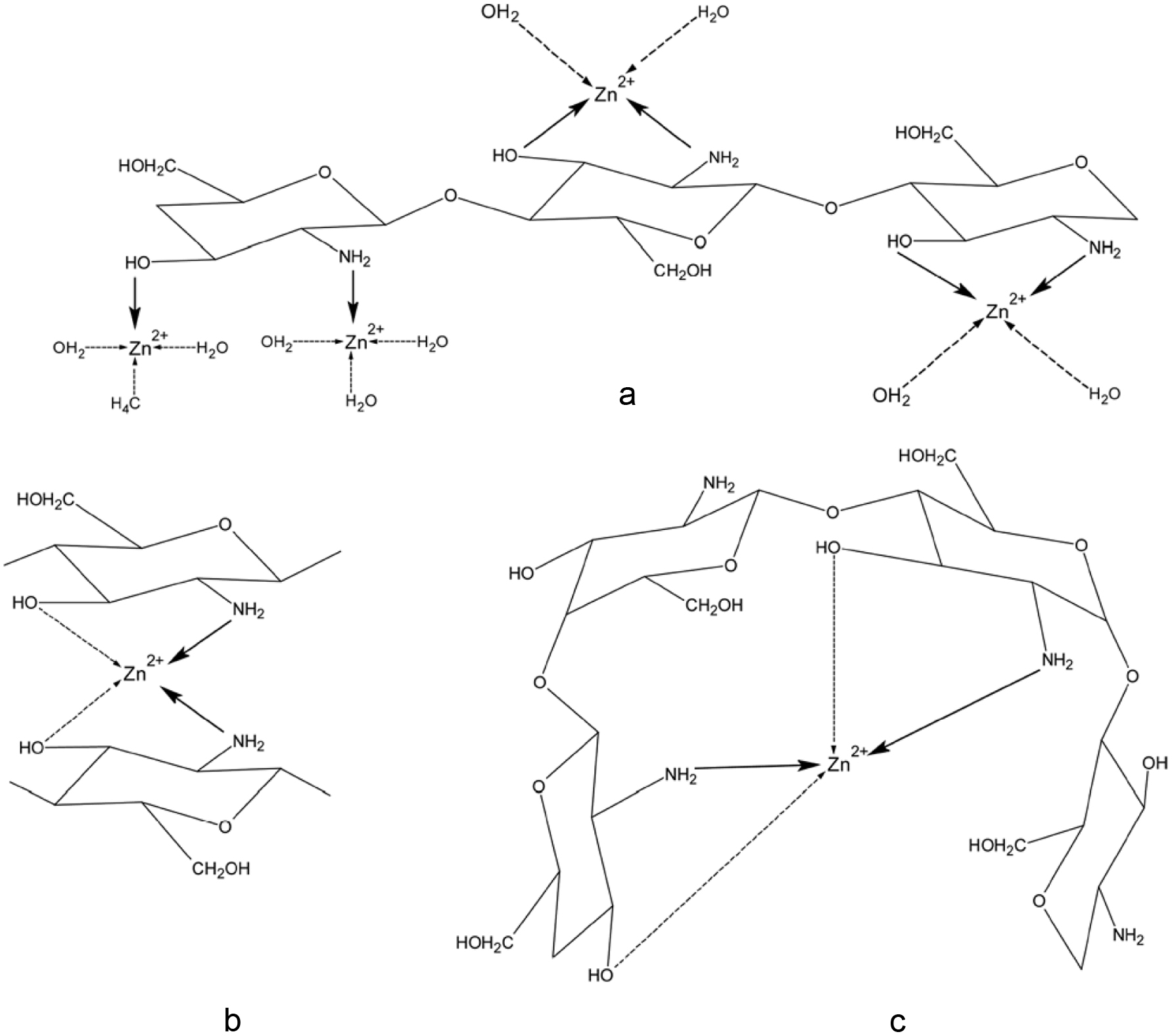
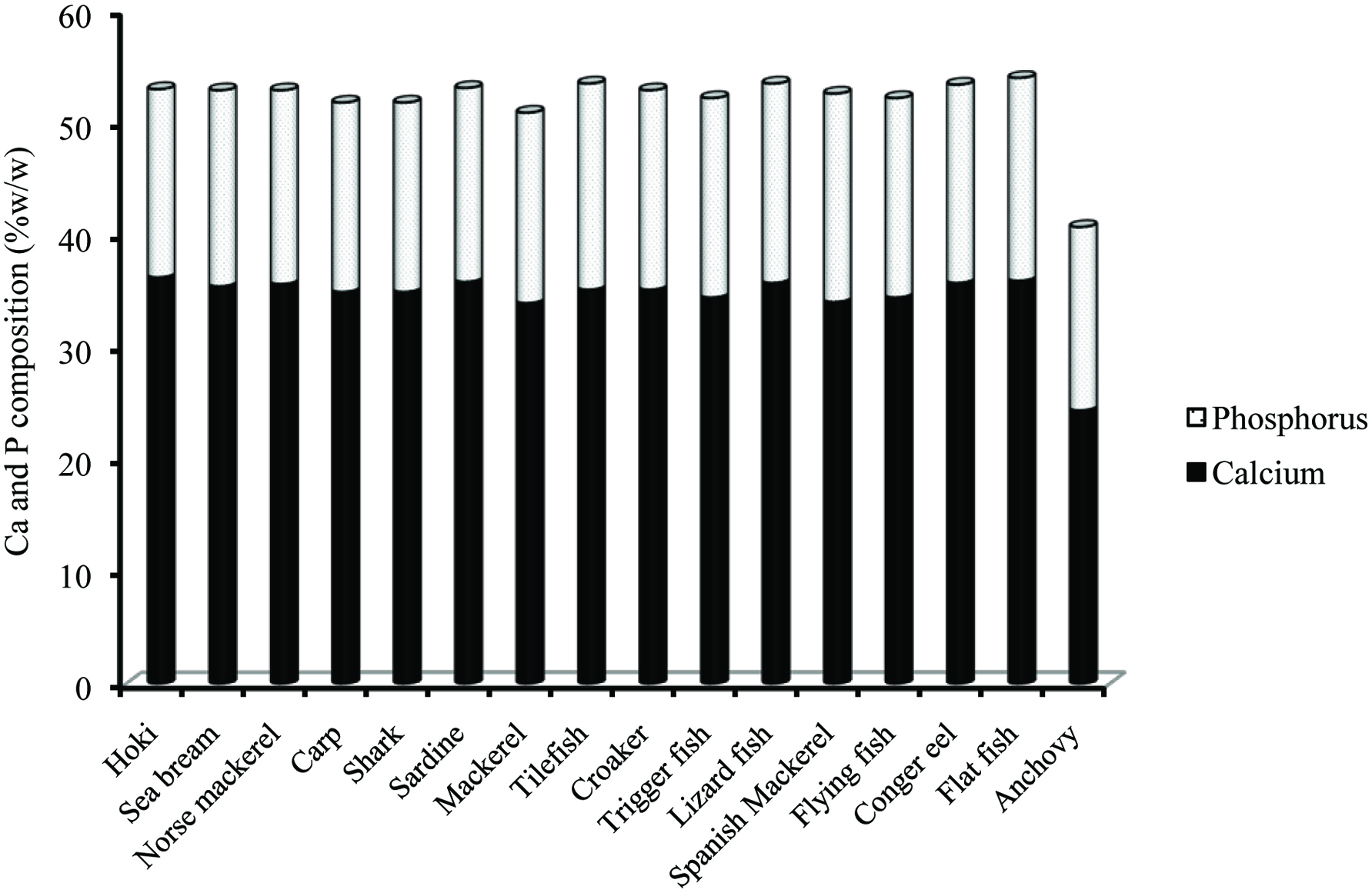
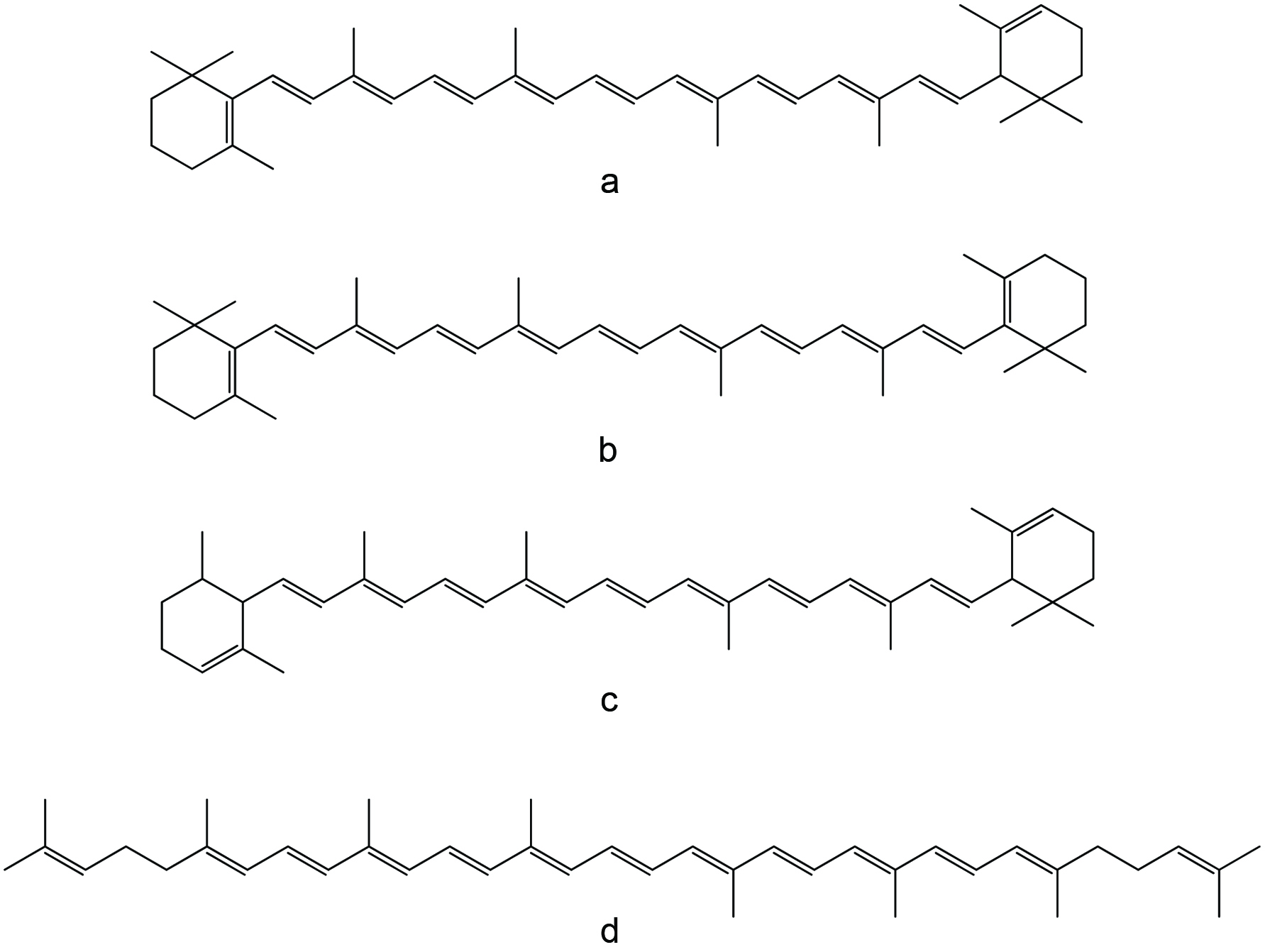
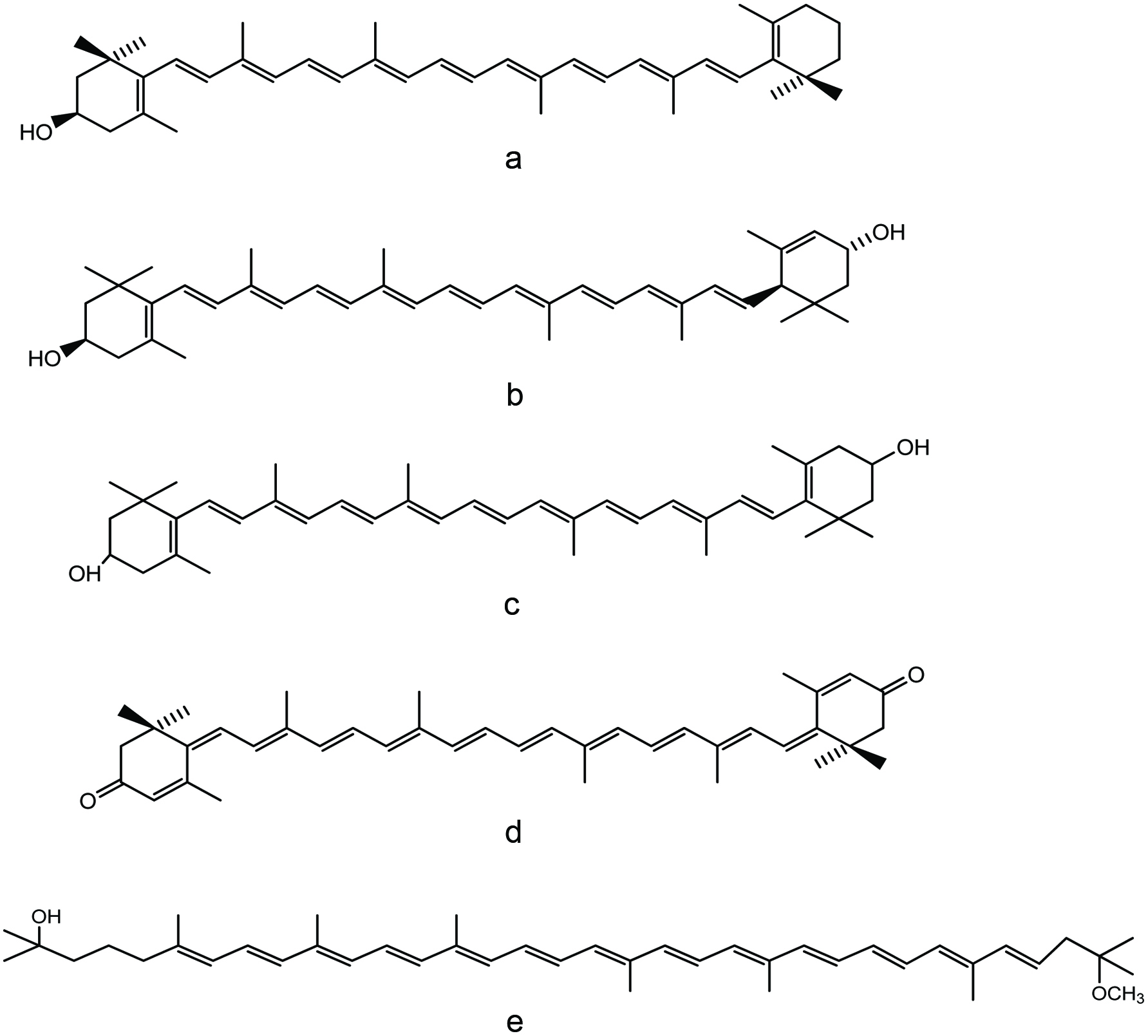
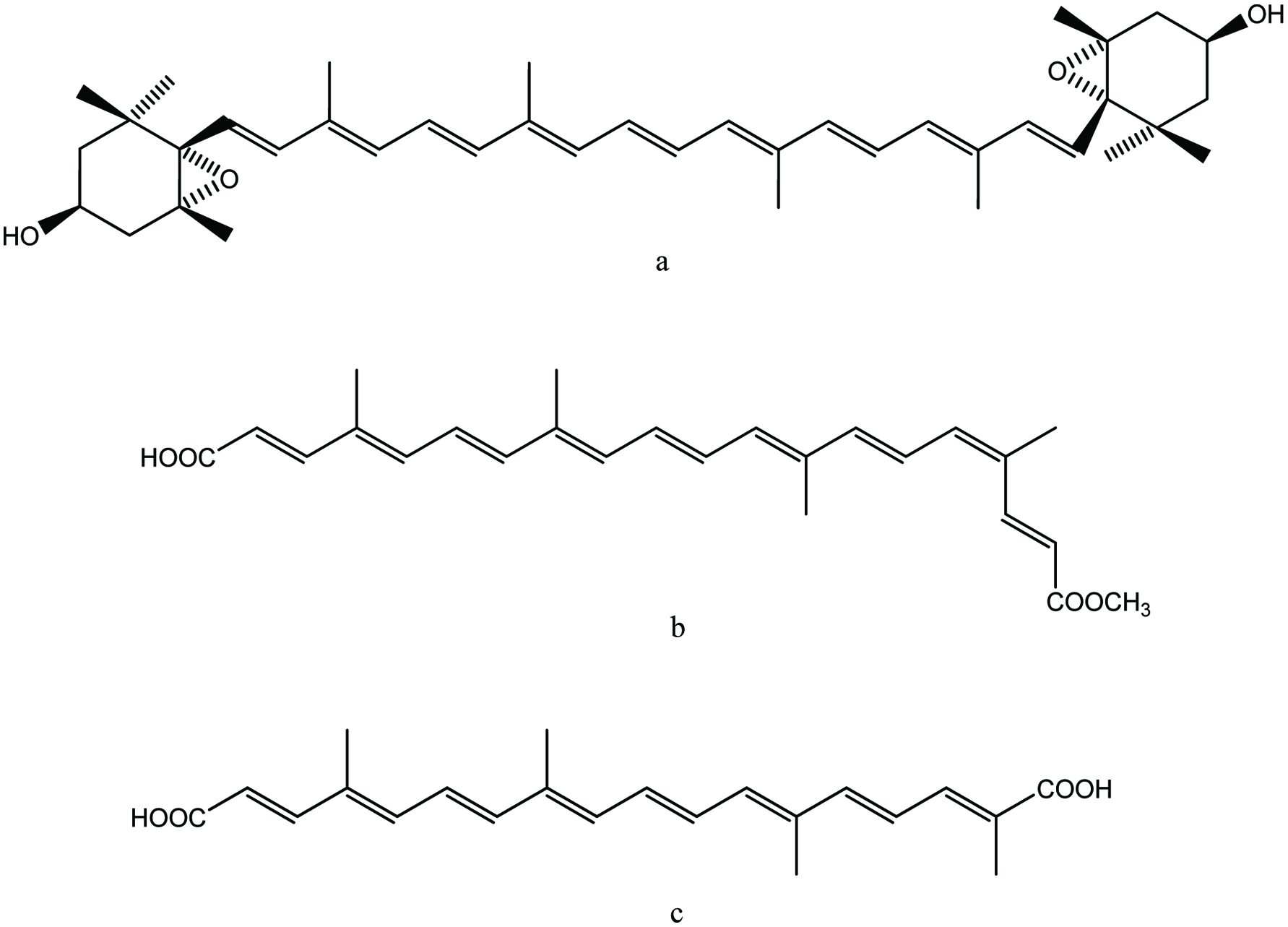
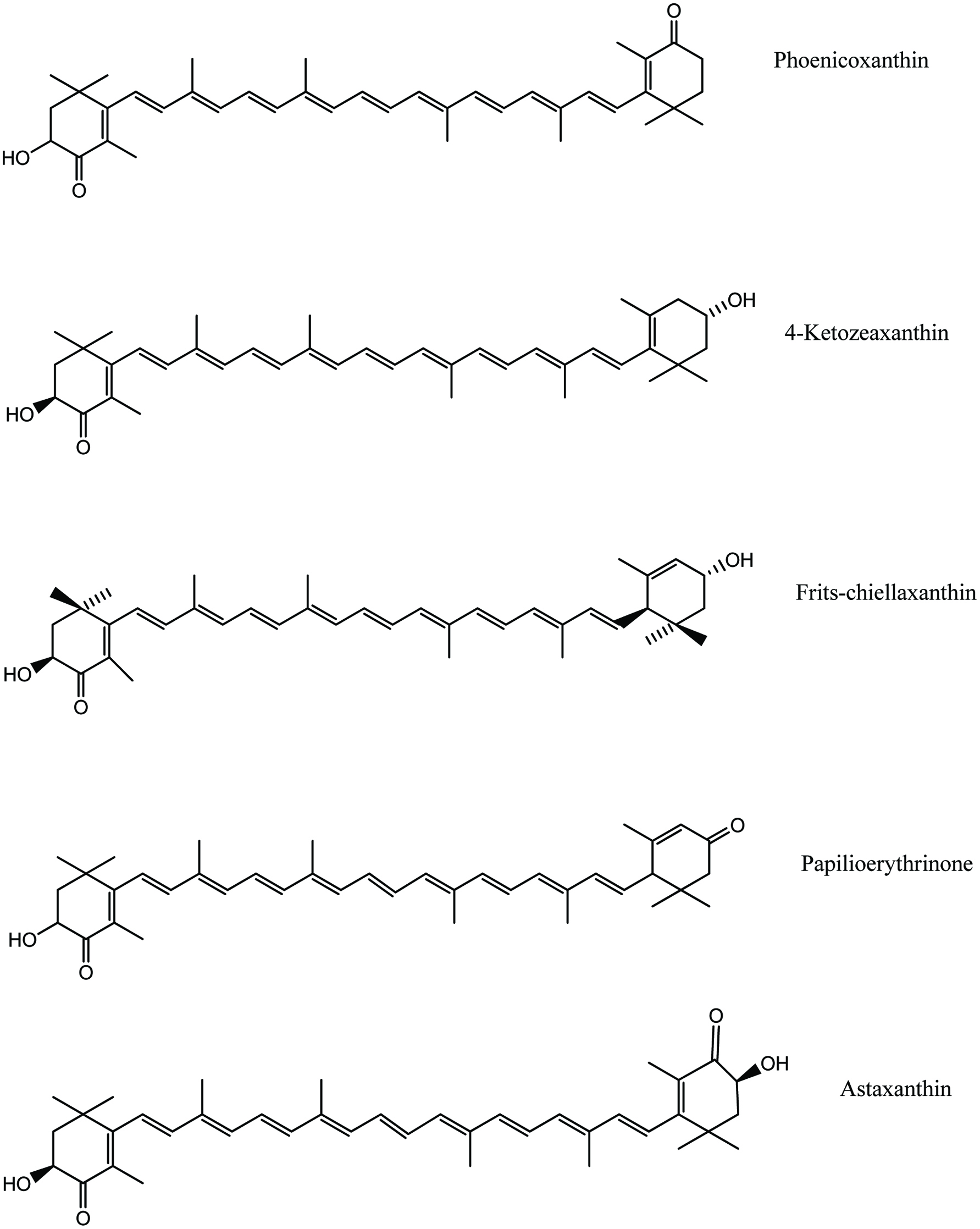
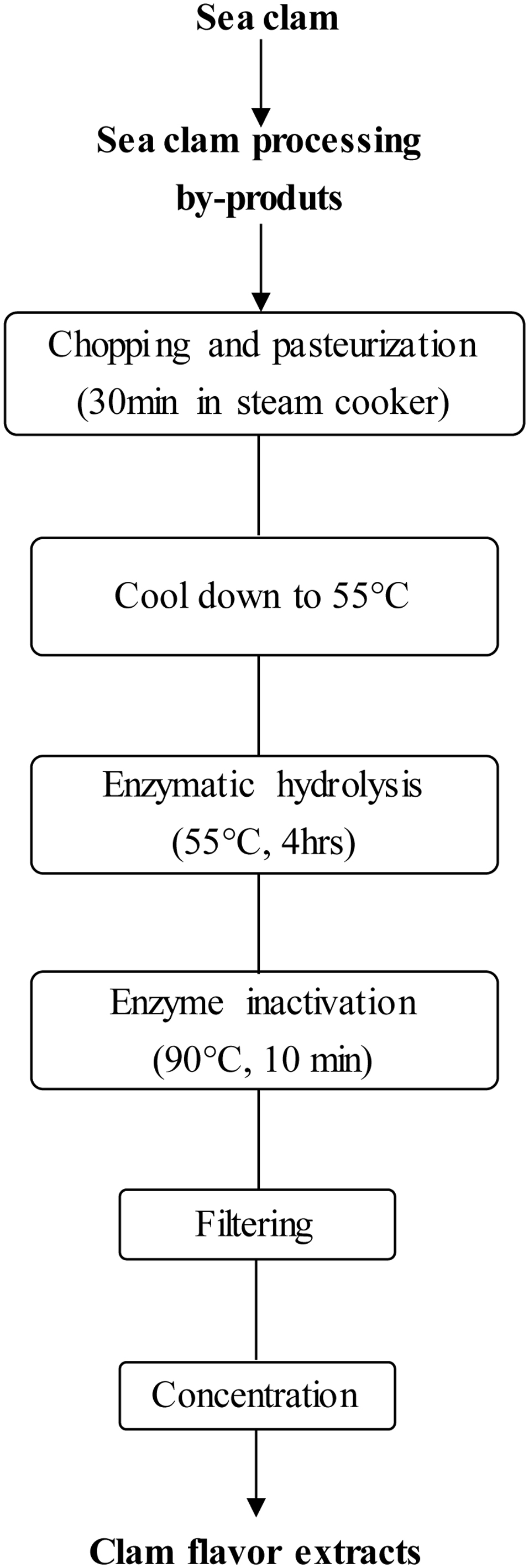
Tables
| Variety of fish | Reference |
|---|---|
| Baltic cod (Gadus morhua), salmon (Salmo salar), herrings (Clupea harengus) | Kołodziejska et al. (2008) |
| Flounder (Platichthys flesus) | Fernández-Díaz et al. (2003) |
| Alaska pollock (Theragra chalcogramma) | Zhou and Regenstein (2005); Zhou and Regenstein (2004) |
| Alaska pollock (Theragra chalcogramma) surimi processing by-products | Kim and Park (2004) |
| Megrim (Lepidorhombrus boscii) (Risso), Hake (Merluccius merluccius), Dover sole (Solea vulgaris) | Fernández-Díaz et al. (2001); Gómez-Guillén et al. (2002); Sarabia et al. (2000) |
| Megrim (Lepidorhombrus boscii) | Montero and Gómez-Guillén (2000) |
| Grass carp (Catenopharyngodon idella) | Kasankalaa et al. (2007) |
| Brown backed toadfish (Lagocephalus gloveri) | Senaratne et al. (2006) |
| Horse mackerel (Trachurus trachurus) | Badii and Howell (2006) |
| Cod (Gadus morhua) | Fernández-Díaz et al. (2001); Kołodziejska et al. (2004); Gudmundsson and Hafsteinsson (1997) |
| Catfish (Ictalurus punctatus) | Yang et al. (2007); Liu et al. (2008) |
| Sin croaker (Johnius dussumieri), shortfin scad (Decapterus macrosoma) | Cheow et al. (2007) |
| Black tilapia (Oreochromis mossambicus), red tilapia (Oreochromis nilotica) | Jamilah and Harvinder (2002) |
| Bigeye snapper (Priacanthus macracanthus), brownstripe red snapper (Lutjanus vitta) | Jongjareonrak et al. (2006b); Jongjareonrak et al. (2006a) |
| Yellowfin tuna (Thunnus albacares) | Cho et al. (2006) |
| Blue shark (Prionace glauca) | Yoshimura et al. (2000) |
| Nile perch (Lates niloticus) | Muyonga et al. (2004) |
| Grass carp (Ctenopharyngodon idella) | Kasankala et al. (2007) |
| Skate (Raja kenojei) | Cho, Jahncke, Chin and Eun (2006) |
| Atlantic salmon (Salmo salar) | Arnesen and Gildberg (2007) |
| Dover sole (Solea vulgaris) | Gómez-Guillén et al. (2005); Giménez et al. (2005) |
| Harp seal | Arnesen and Gildberg (2007) |
| Health benefits | Reference |
|---|---|
| Prevention of coronary artery disease | Schacky (2000) |
| Protection against arrhythmias | Christensen et al. (1997) |
| Reduce blood pressure | Appel et al. (1993) |
| Beneficial for diabetic patients | Sheehan et al. (1997) |
| Fight against manic-depressive illness | Severus et al. (1999) |
| Reduce symptoms in asthma patients | Broughton et al. (1997) |
| Protection against chronic obstructive pulmonary diseases | Shahar et al. (1994) |
| Alleviate symptoms of cystic fibrosis | Lawrence and Sorrell (1993) |
| Improve the survival of cancer patients | Gogos et al. (1998) |
| Prevent relapses in patients with Crohn’s disease | Belluzzi et al. (1996) |
| Prevent autoimmune disorders | Kelley (2001) |
| Influence on mental health and psychiatric illness | Sinn and Howe (2008) |
| Fish sp | Digestive organs/glands | Reference |
|---|---|---|
| Atlantic cod (Gadus morhua) | pyloric ceca/pancreas | Gjellesvik et al. (1994) |
| Atlantic salmon (Salmo salar) | pancreas | Gjellesvik et al. (1994) |
| Red sea bream (Pagrus major) | hepatopancreas | Iijima et al. (1998) |
| Rainbow Trout (Oncorhynchus mykiss) | Inter-cecal pancreatic tissue | Leger et al. (1977) |
| Pyloric ceca | Tocher and Sargent (1984) | |
| Oil sardine (Sardinella longiceps) | hepatopancreas | Mukundan et al. (1985) |
| Spiny dogfish (Squalus acanthius) | Pancreas | Rasco and Hultin (1988) |
| Nile Tilapia (Oreochromis niloticus) | Stomach, intestine | Taniguchi et al. (2001) |
| Grey Mullet (Mugil cephalus) | Viscera (pyloric ceca, intestines, and associated mesenteries) | Aryee et al. (2007) |